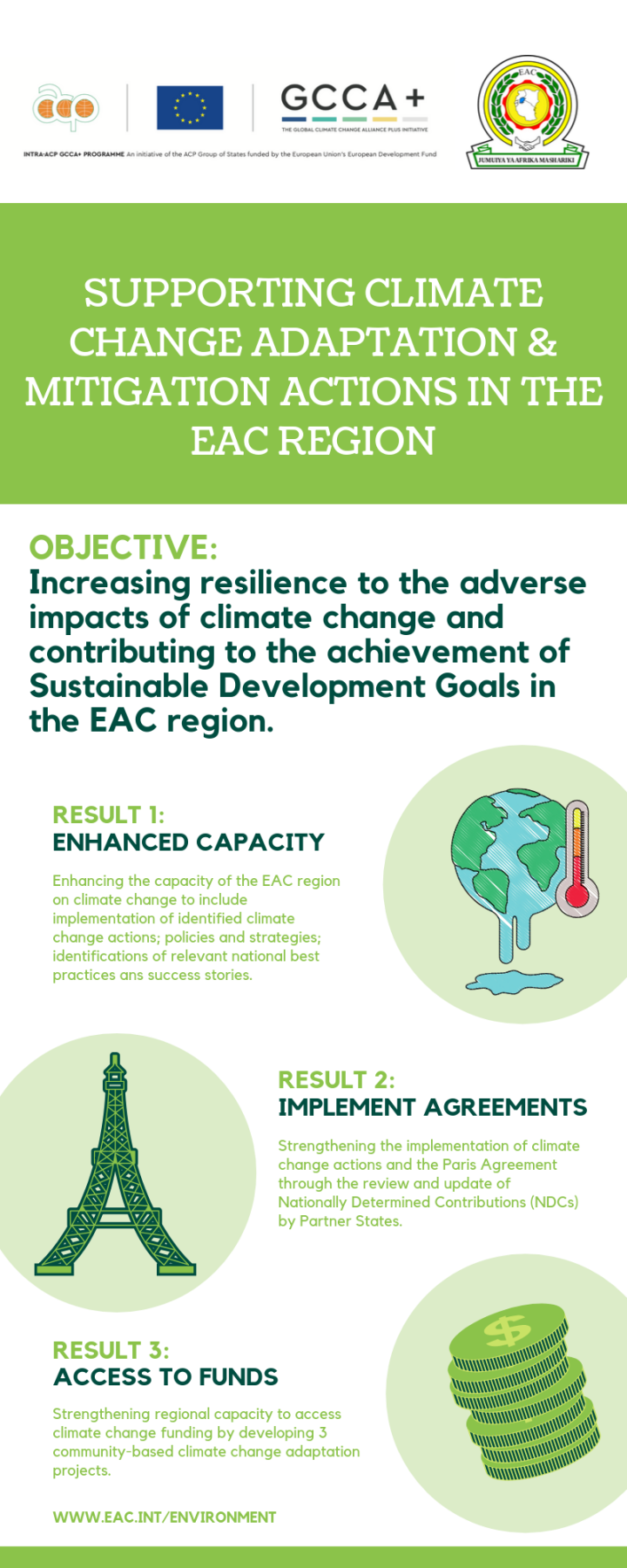EAC Leader Urges Africa-Driven Resource Strategy

A Unified Approach to Resource Mobilization for African Development
As the African continent continues to face challenges in securing sufficient resources to support its development goals, the East African Community (EAC) Secretary General, Veronica Nduva, has emphasized the need for a unified and coordinated strategy to mobilize resources. This call comes as a response to the fragmented efforts currently in place, which have hindered the continent's ability to achieve its long-term ambitions.
Nduva highlighted that while various forums have been held to discuss strategies for pooling resources, there is an urgent need for a harmonized approach that can deliver a cohesive plan. She stressed the importance of coordinated action to unlock large-scale financing that aligns with the objectives of the African Union’s Agenda 2063. This agenda aims to transform Africa into a prosperous and integrated continent by 2063.
The Secretary General made these remarks during a high-level roundtable organized by the AU development agency NEPAD in Malabo, Equatorial Guinea. The event took place on the sidelines of the 7th Mid-Year Coordination Meeting of the African Union, Regional Economic Communities (RECs), and Regional Mechanisms. The meeting brought together key stakeholders, including the Chairperson of the African Union Commission, Mahmoud Ali Youssouf, heads of AU institutions, representatives from RECs, and other development partners.
Blended Financing and African Ownership
Nduva advocated for blended financing models that combine public, private, and philanthropic capital. She encouraged greater participation from African philanthropists and the private sector in shaping their contributions to the continent’s development. Additionally, she emphasized the importance of implementing austerity measures to ensure that allocated resources effectively meet project objectives.
Technology integration was another key point raised by Nduva. She highlighted the need to incorporate technology into all aspects of planning, coordination, and implementation to enhance efficiency and effectiveness.
The AU Commission Chairperson, Mahmoud Ali Youssouf, echoed this sentiment, stressing the urgency of shifting away from donor dependency towards a model rooted in African ownership. He pointed out the significance of moving forward with the Tripartite Free Trade Area (TFTA) Agreement, which is set to be officially launched during the 4th Tripartite Summit.
The TFTA and Regional Integration
The EAC recently took over the Chairmanship of the COMESA-EAC-SADC Tripartite Task Force (TTF) from the Southern African Development Community (SADC) for the next year. This transition underscores the growing importance of regional collaboration in advancing economic integration.
The TFTA Agreement officially came into force on 25 July 2024, after reaching the required 14 ratifications by Member and Partner States. Preparations are now underway for its formal launch at the upcoming 4th Tripartite Summit. As a crucial component of the African Continental Free Trade Area (AfCFTA), the TFTA aims to integrate the economies of the three regional blocs, eliminate trade barriers, and promote the movement of goods, services, and people across the region.
Nduva outlined several priorities for the EAC, including finalizing and exchanging tariff offers, completing and adopting the rules of origin, and ensuring the ratification of the TFTA Agreement by remaining Member/Partner States. She also emphasized the need for the ratification of the Tripartite Agreement on the Movement of Business Persons.
Institutional Strengthening and Strategic Vision
Nduva underscored the importance of strengthening the institutional framework around the TFTA. She called for the establishment of a dedicated Tripartite Secretariat to drive coordination and implementation. This secretariat would play a vital role in ensuring the smooth operation of the TFTA and supporting its long-term goals.
She described the Tripartite FTA as a strategic lever to deepen integration, enhance competitiveness, unlock intra-African trade, and advance inclusive industrialization. These objectives align with the broader vision of Agenda 2063, which seeks to create a more prosperous and interconnected Africa.
The meeting also explored various options for mobilizing resources to support the TFTA’s operations and activities. This includes leveraging both domestic and international funding sources to ensure the sustainability of the initiative.
Historical Context and Future Prospects
The COMESA-EAC-SADC TFTA was first launched in June 2015 in Egypt by Heads of State and Government from the three blocs. It is built on three core pillars: market integration, infrastructure development, and industrial development. These pillars form the foundation of the TFTA’s mission to foster economic growth and regional cooperation.
As the continent moves forward, the focus remains on building a resilient and self-sufficient African economy. Through collaborative efforts and strategic planning, the goal of achieving sustainable development and economic prosperity for all Africans becomes increasingly attainable.
Post a Comment